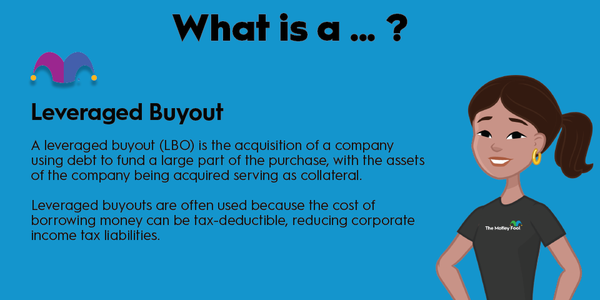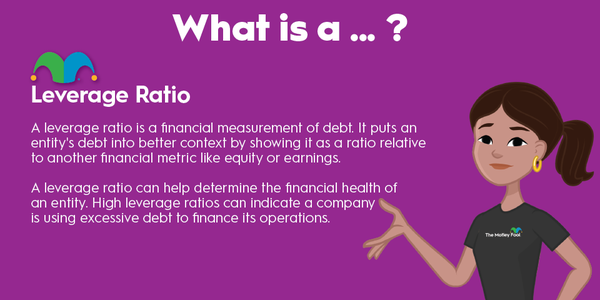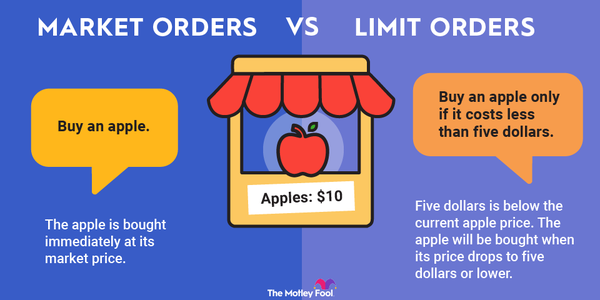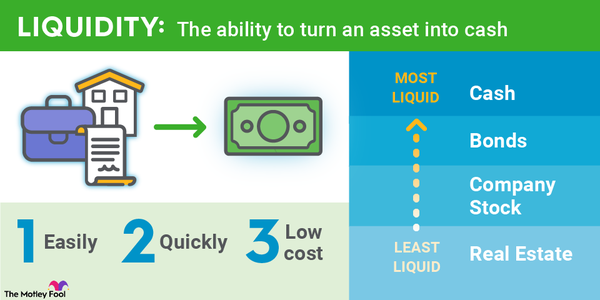In a high-functioning, market-based economy, there's no shortage of debate over the definition of an optimum wage.
Some sides of the political aisle argue that the free market should set wages, with some who even oppose a minimum wage. Others believe a living wage is the ideal base wage for most workers. However, the definition of a living wage can change significantly from place to place, so the concept is best applied on a local level.

What is a living wage?
What is a living wage exactly?
A living wage allows workers to afford basic necessities, like housing, food, healthcare, childcare, transportation, and more. Proponents of a living wage argue that it should serve as the minimum wage rather than the less-scientific minimum wage currently used by the federal government and individual states.
Importantly, a living wage would allow recipients to pay for their needs without government subsidies. That's a key difference from the current minimum wage, which forces many minimum-wage earners to depend on subsidies for their necessities.
How much is a living wage?
How much is a living wage?
The actual dollar value of a living wage differs from place to place and depends on the cost of living. Calculating it is not always so easy, and there are different theories about the best way to do so. Some people use the federal poverty threshold as a starting point for determining a living wage, and some advocates have used the poverty line for a family of four.
However, the federal poverty limits do not account for differences in the local cost of living, which varies significantly across the U.S. Cities like New York tend to have a much higher cost of living than rural parts of the country, for example.
One living wage calculator from the Massachusetts Institute of Technology (MIT) factors in geographically specific costs, such as food, childcare, healthcare, housing, transportation, utilities, and other needs, as well as taxes. It also accounts for family size. Naturally, the living wage increases as a family gets larger.
According to the calculator, the living wage in New York City for one adult with no children is $22.51 an hour. For two working adults with three children, it would be $38.66 an hour. By contrast, the living wage for one adult without children would be $15.73/hour in Nebraska. For two working adults with three children, the living wage would be $28.48.
Where is a living wage used?
Where is a living wage being used?
Although living wages haven't gained broad adoption in any major country, some places in the U.S. have begun using a living wage or a variation of one. The living wage laws often apply only to public spending, including businesses that receive public assistance or have contracts with local governments.
San Francisco, for example, passed a Minimum Compensation Ordinance in 2001. As of July 2023, the city's minimum wage was $18.07. San Francisco's minimum wage rate is also adjusted annually based on the Consumer Price Index.
Santa Fe, New Mexico, also adopted a living wage ordinance, which states that "the public welfare, health, safety, and prosperity of Santa Fe require wages and benefits sufficient to ensure a decent and healthy life for workers and their families." As of March 2023, the minimum wage based on the living wage ordinance was $14.03.
Washington, D.C., also has a Minimum Wage and Living Wage that increased to $17/hour in July 2023. Companies with a government contract valued at more than $100,000 or that receive government funding must pay the living wage.
An example of a living wage
What's an example of a living wage?
A living wage is determined by calculating the cost of living in a local area and then assigning a minimum wage to ensure recipients can afford to live there without government assistance.
One example of a company that pays a living wage is Costco (COST 1.01%). Although the retailer doesn't seem to embrace the concept formally, it pays above-average minimum wages in its markets and believes that strategy gives it a competitive advantage.
Related investing topics
In 2021, it raised the minimum wage for almost 200,000 workers to $17/hour. Costco also pays an average wage of at least $24/hour.
Management argues that paying above-market wages is in the business's best interest because it reduces turnover. Employees have an average tenure of nine years and are generally happier. Based on the company's long-term growth outperformance, it's hard to argue with that approach.
After a wave of high inflation, we're likely to see wages increase. Whether we'll see a living wage implemented in more places will depend on political willpower to do so and the decisions of companies like Costco.
Another bull market, as well as pushback from labor advocates, could make living wages more common. However, the concept has generally been slow to be adopted despite decades of discussion.






































